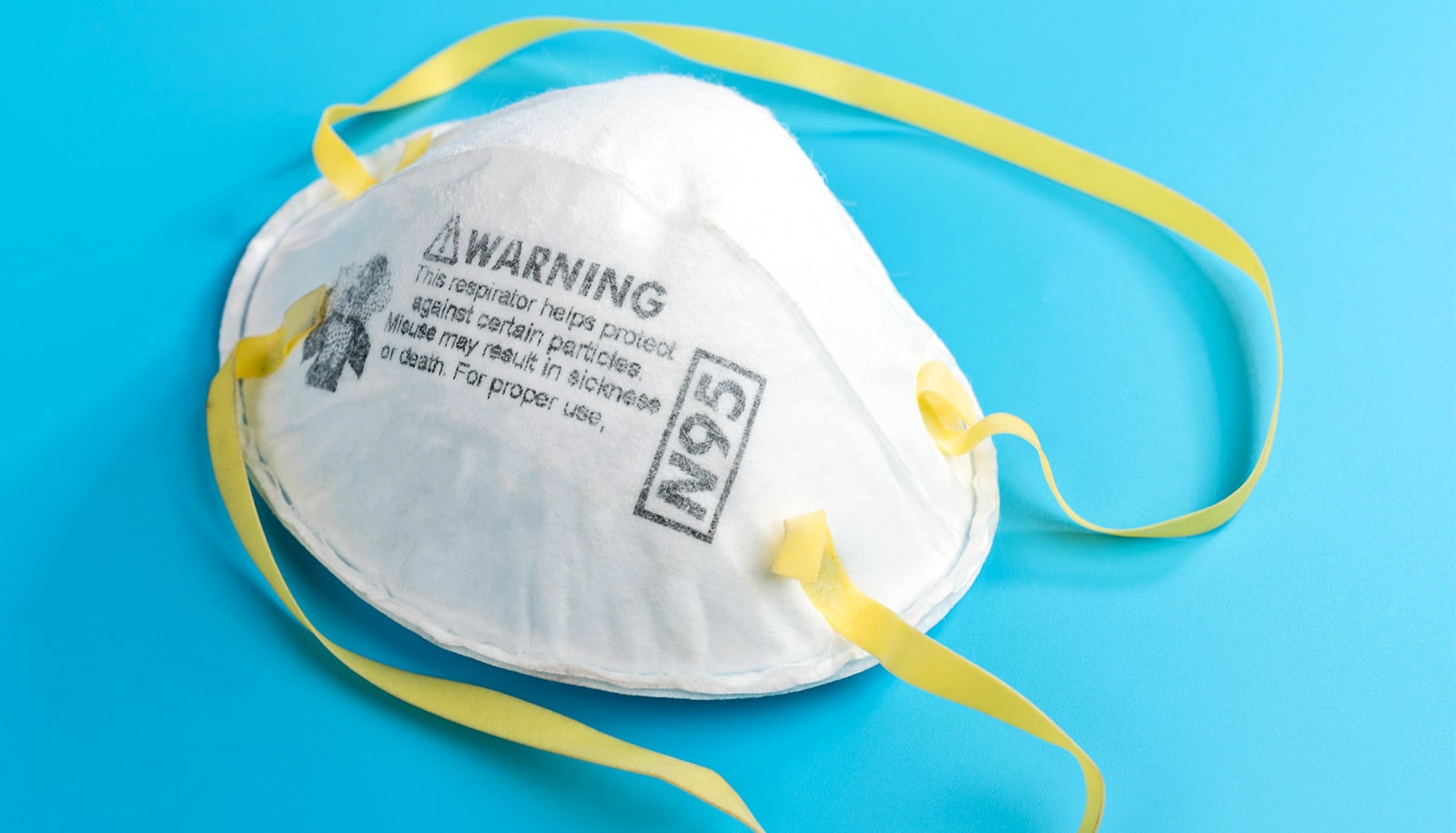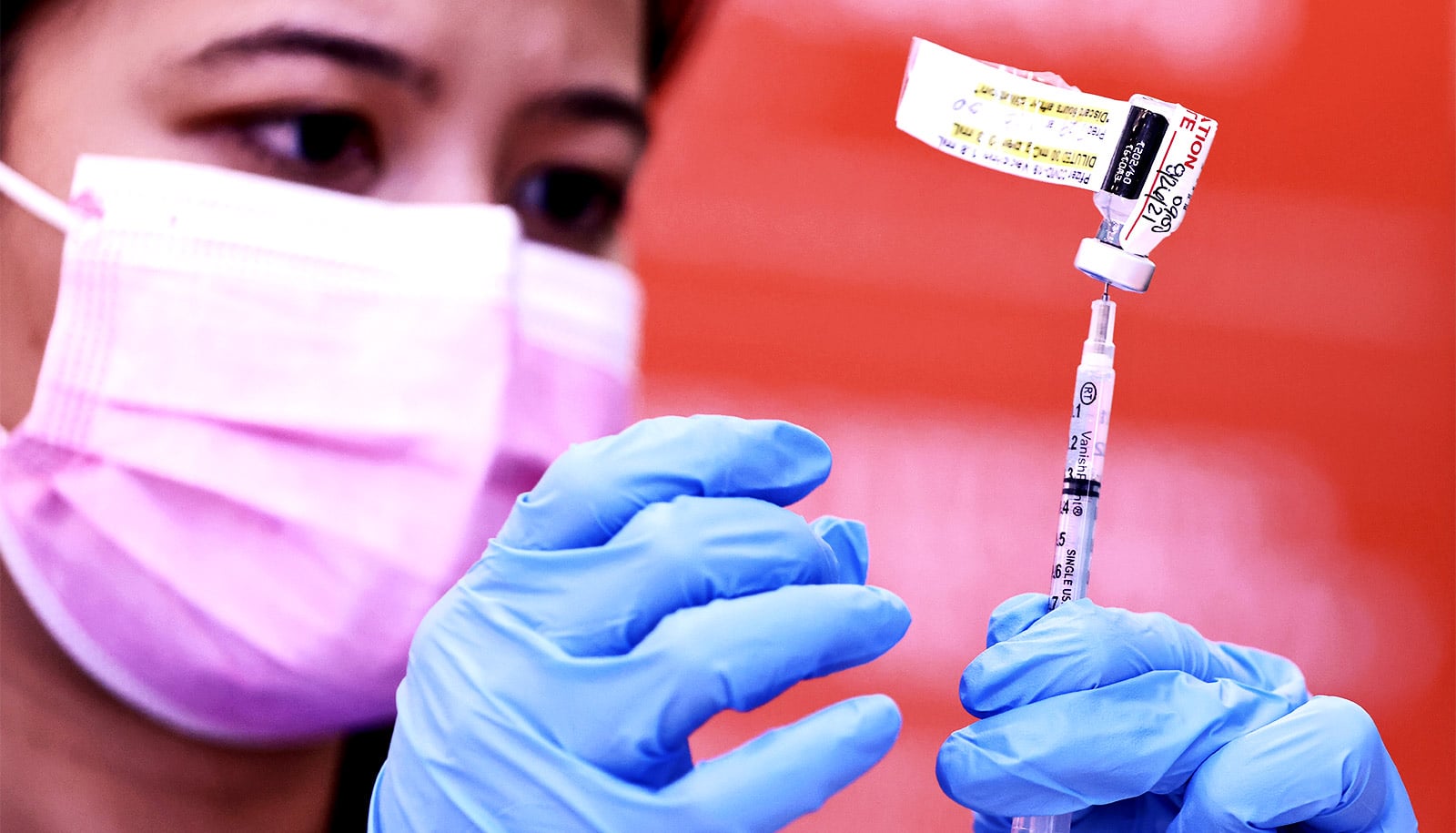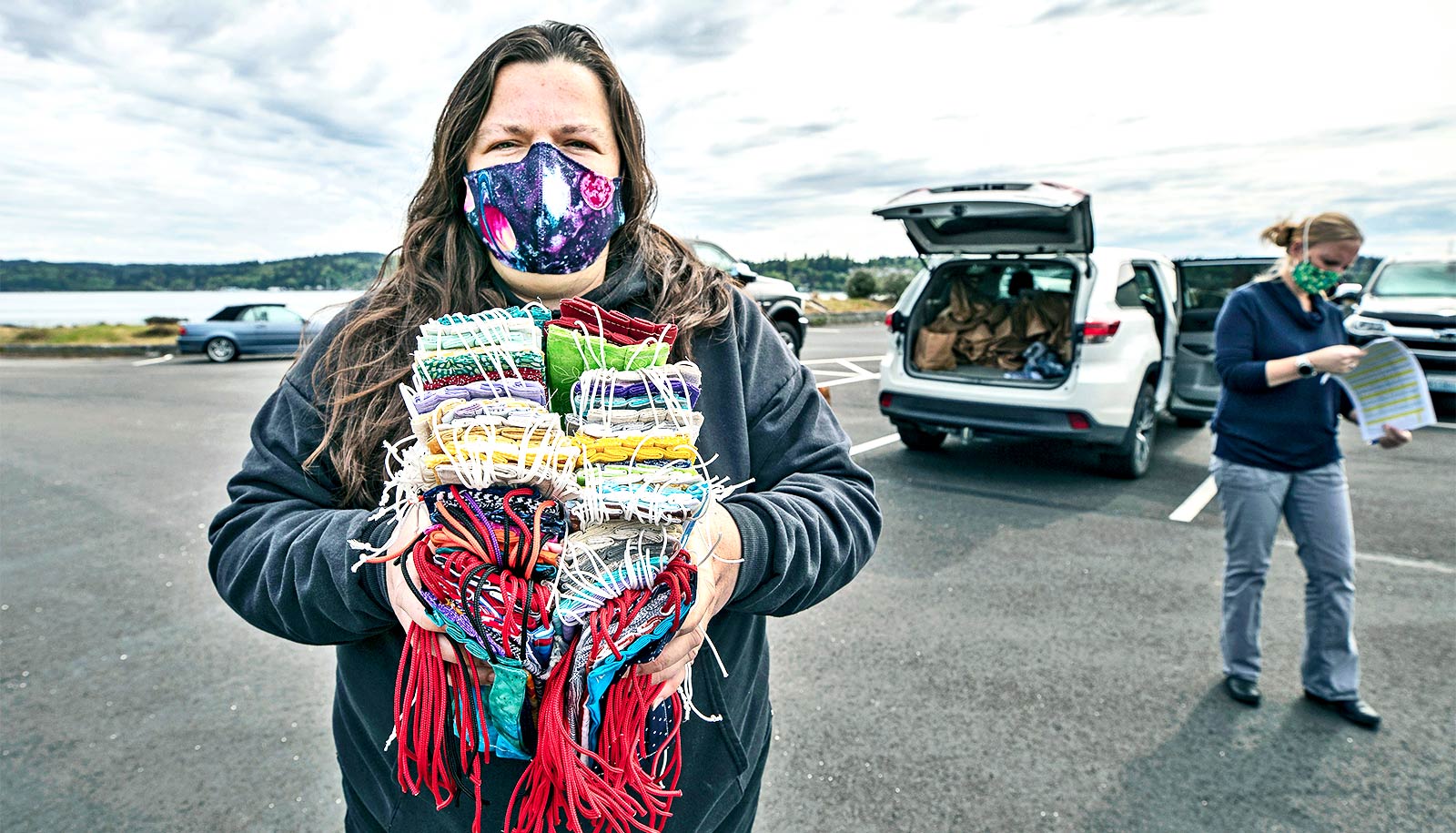The Centers for Disease Control has upgraded its guidance to acknowledge that cloth masks are not as effective as surgical and N95 masks to protect against COVID-19.
The recommendation comes as the highly contagious Omicron variant continues to drive a record-breaking number of cases across the country.
Here, microbiologist Martin Blaser, director of the Center for Advanced Biotechnology and Medicine at Rutgers University, explains the reason for the evolving guidance and what to do if you only have a cloth mask available:
What does the data show about cloth masks that led to the changing guidance?
It has been known for some time that all masks are not created equal. N95s, when properly fitted, can reduce the transmission by more than 95% of the very tiny particles that are 0.3 micrometers in size, which carry the virus from one person to the next. That is the gold standard.
On surgical masks, the pore size is bigger so more particles can go through, but since they are 2-ply, the two layers work together to trap a sizeable portion of viral particles.
Cloth masks can be 1-ply and the pore sizes are bigger. They still offer some good protection, but if the exposure is very high, there will be some actual transmission.
Higher grade masks are more expensive, which can be a barrier for some people, and can be harder to come by. Does this mean we should give up on masks entirely if cloth masks are the only option available?
No, any mask is better than no mask.
Would cloth masks still make a difference in a classroom if higher grade masks are hard to come by for children?
Yes, also because wearing masks change people’s behavior. But now, we should all move to better masks. Surgical masks are widely available, and if everyone used them, the transmission of Omicron would be cut down by a lot.
For those with high-risk exposures, such as health care workers, or people who are compromised, then the KN95 or N95 masks are better.
Can people have confidence in the CDC guidance on masks even though it’s evolved since the start of the pandemic? How closely do you suggest people follow this new guidance?
As the pandemic has proceeded, the CDC has changed its guidelines. That is entirely appropriate. The guidelines are to optimize public health, and the conditions are changing.
I pay close attention to their guidelines—CDC are the best professionals in this area, and they make guidelines based on the best data available to them.
What is your advice to anyone who is suffering from pandemic fatigue and wants to put an end to mask-wearing?
Taking off masks prolongs the epidemic. If everyone were to practice social distancing and wearing masks, the epidemic would not be advancing as quickly as it is.
One of the risks of a big peak is that there are too many cases for the hospitals to deal with, so some people will die unnecessarily. Better to slow down the epidemic, “flatten the curve,” so we don’t go beyond the capacity of our health system.
Everyone is tired of COVID, but wishing it away won’t make it go away. Getting vaccinated, wearing masks in public, practicing social distancing—these are the tools to make COVID go away sooner.
Source: Andrea Alexander for Rutgers University



